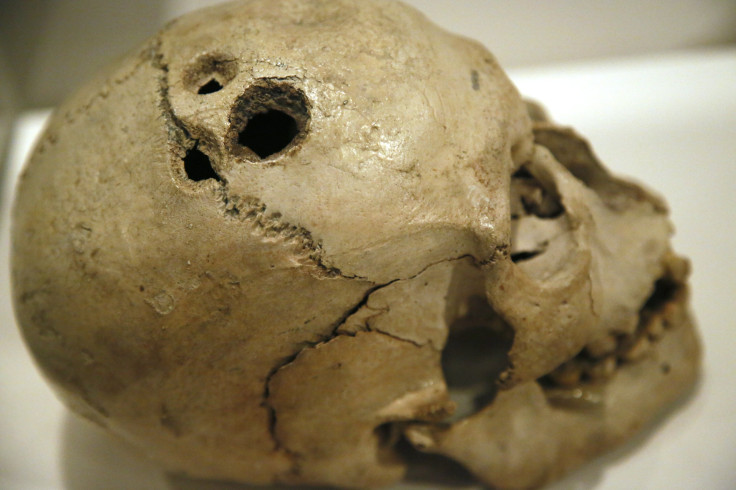Australian researchers set to regrow skulls with the use of 3D printing

Patients who need cranial reconstructions will have parts of their own skulls regrown as part of a radical new procedure that involves human stem cells and advanced 3D printing technology.
The procedure, funded by the Western Australian (WA) state government, will be performed at Royal Perth Hospital. The team will include a surgeon, neurosurgeon and principal scientist who have been working with a company in Vienna on the 3D printing technology.
It will involve patients whose skulls have been severely damaged or who have had a piece of skull removed to enable brain surgery or relieve pressure caused by swelling of the brain. The clinical trials would begin next year on those who volunteered for the procedure.
Instead of using traditional surgical operations, it would be better for the patient to regrow their own bone, biomedical materials engineer Alan Kop told The Australian. He said surgeons would have used a titanium plate, which was sometimes a source of infection, or plastic or ceramics as an alternative to the patient's original bone.
According to Health Minister Dr Kim Hames, the work has the potential to transform cranial reconstructions and health outcomes for head injury patients as well as provide significant cost savings by reducing complications and surgical time. “This project highlights some of the innovative and groundbreaking research that is under way in WA's public health system, and the commitment of the government to supporting this crucial work,” Hames said.
The procedure is among the latest nine research projects which had been selected to share in nearly $2 million of grant funding. The program, now in its ninth year, is designed to encourage research and the translation of research outcomes into effective health care policy and practice. It highlights how research can improve patient outcomes yet at the same time enhance efficiency and cost effectiveness in the public health system.
Growing a skull is among the latest developments in 3D technology, which have been also been used to create various body parts, such as vertebra, rib cage, nose and arm. In 2014, a Dutch woman was reported to receive the world’s first full 3D-printed skull implant at the University Medical Center Utrecht in the Netherlands. Doctors successfully replaced the complete skull of a 22-year-old woman with a 3D-printed, tailor-made plastic skull manufactured with the help of Anatomics, an Australian medical device company that specializes in 3D printing.
“Now we can use 3-D printing to ensure that these components are an exact fit. This has major advantages, not only cosmetically but also because patients often have better brain function compared with the old method,” said Dr Bon Verweij, a neurosurgeon who was part of the medical team.
Contact the writer at feedback@ibtimes.com.au or tell us what you think below.





















